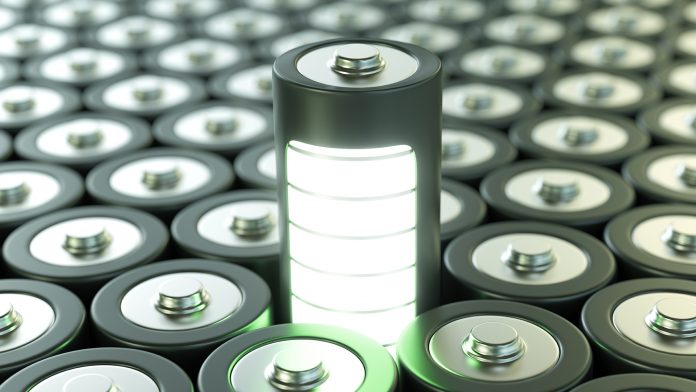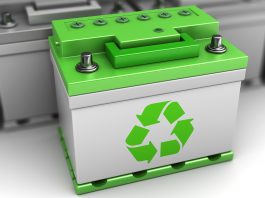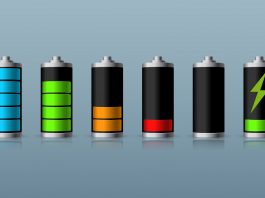A recyclable battery that uses electrodes made from vegetable starch and carbon nanotubes could deliver a sustainable alternative for devices in the future.
A team of engineers led by the University of Glasgow has developed a new type of 3D-printed recyclable battery with hopes to produce more environmentally friendly lithium-ion batteries, capable of storing and providing power more efficiently.
The design and fabrication of the battery is outlined in a paper published in the Journal of Power Sources.
Lithium-ion batteries are lightweight, compact, and have the capacity to withstand numerous cycles of charging and discharging. As a result, they are well suited for use in all sorts of devices, such as laptops, mobile phones, smart watches, and electric vehicles.
However, lithium-ion batteries are currently limited by the amount of energy that can be stored in them, as well as by the thickness of their electrodes. Thicker electrodes are more likely to crack, and therefore not work. As well as this, they restrict the diffusion of lithium ions across the electrode.
The team hopes its new recyclable battery will strike a better balance between the size and the surface area of electrodes by introducing tiny nanoscale holes into their design. In order to do this, the team are employing a 3D printing technique so they can carefully monitor the size and placement of all the holes in the electrodes.
The material they created to go in the 3D printer combines polylactic acid, lithium-iron phosphate and carbon nanotubes. The polylactic acid is a biodegradable material processed from the starch of corn, sugar cane, and sugar beet, meaning much of the battery is recyclable.
The research team was led by Dr Shanmugam Kumar, of the University of Glasgow’s James Watt School of Engineering, together with colleagues from Khalifa University of Science and Technology in Abu Dhabi, and Texas A&M University and Arizona State University in the USA.
Dr Kumar said: “Lithium-ion batteries are increasingly common in everyday life and are likely to continue to increase in ubiquity as we move towards more electrification of transport and a more sustainable world. However, lithium-ion batteries have their own sustainability issues, so it’s important that we look to find new ways to make them better and more environmentally friendly.
“The 3D printing process we’ve used in this research gives us a remarkable amount of control over the electrodes’ porosity, allowing us to engineer very precisely a new metamaterial capable of addressing some of the shortcomings of the current generation of lithium-ion batteries. We have created a battery with a high specific capacity and areal capacity with excellent cyclability.
“These are promising initial results, and we’re keen to continue to explore the possibilities that this kind of microarchitected materials offer to create better, more recyclable batteries for future consumers.”









